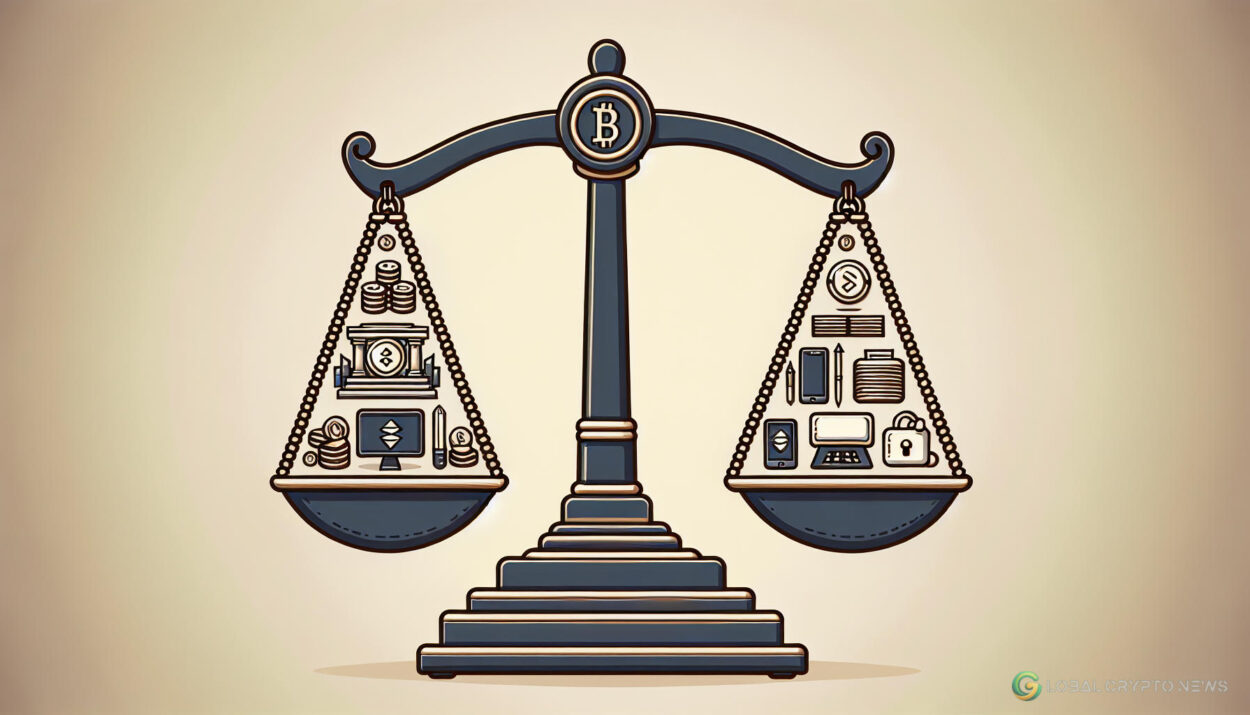The newly introduced Payment Stablecoin Act in the United States Senate is set to shake up the stablecoin market by potentially allowing U.S. banks to issue U.S. dollar-pegged stablecoins. This bill, introduced on April 17, has caught the attention of financial institutions and market observers.
Key Points:
– The bill proposes a $10 billion cap on issuance by non-bank stablecoin firms.
– It prohibits the issuance of “unbacked” algorithmic stablecoins.
– Stablecoin issuers must maintain one-to-one cash or cash-equivalent reserves.
S&P Global Ratings sees this bill as a potential game-changer for the stablecoin sector. If passed, banks could gain a competitive advantage over non-U.S. stablecoin issuers like Tether, which currently has a market cap of $110 billion. This could limit the operations of large entities like Tether and shift the focus to stablecoins issued within the U.S.
Senator Kirsten Gillibrand emphasized the importance of enacting a stablecoin regulatory framework to maintain the U.S. dollar’s dominance, promote responsible innovation, protect consumers, and combat money laundering and illicit finance. However, not everyone is on board with the proposed changes.
Coin Center, a crypto advocacy organization, has expressed concerns about the bill, particularly the ban on algorithmic stablecoins. They argue that such a ban would infringe on constitutional rights protected by the First Amendment.
In conclusion, the Payment Stablecoin Act could have significant implications for the stablecoin market, particularly in the U.S. It remains to be seen how this bill will progress and what impact it will have on the broader cryptocurrency industry.
























